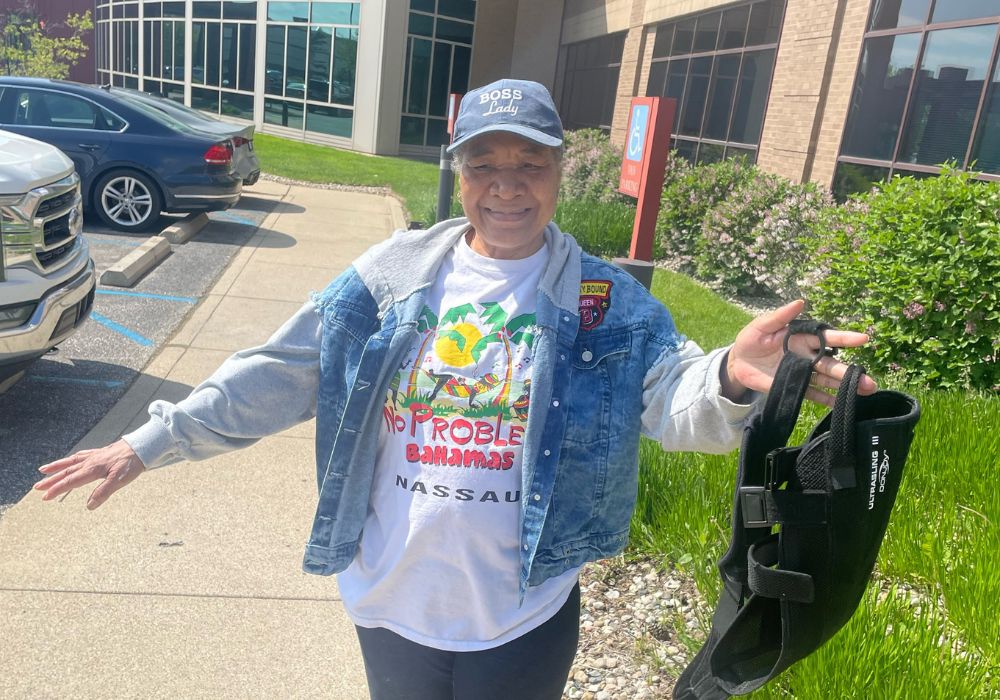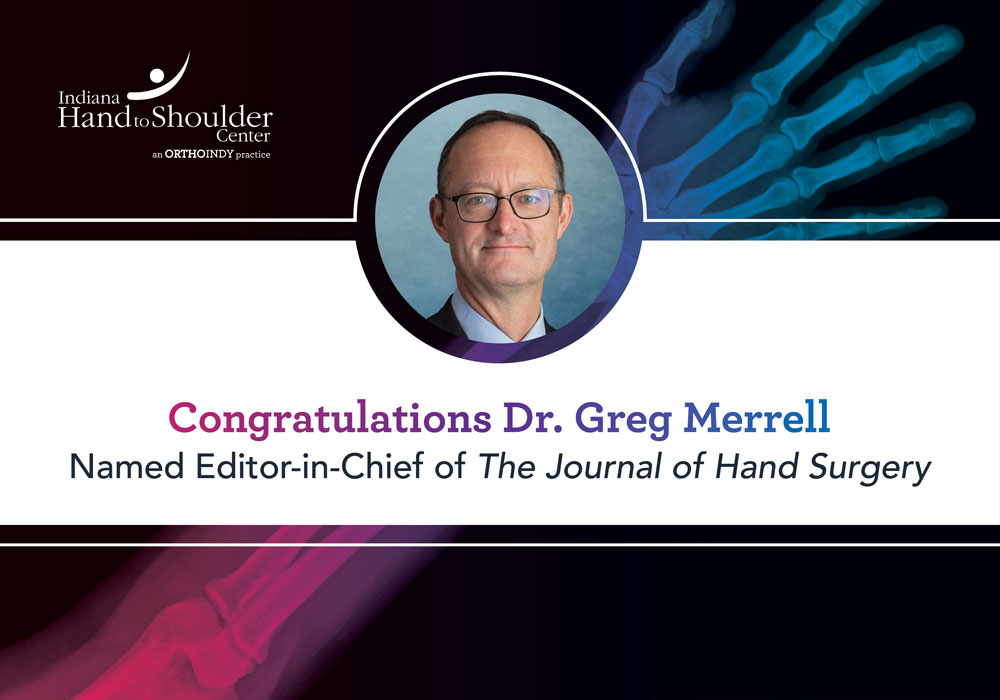There are many shoulder pain causes and injuries that can occur to your shoulder joints. Sometimes, injuries or traumas to the shoulder can cause a painful shoulder dislocation.
A complete shoulder dislocation occurs when your shoulder falls completely out of place. However, sometimes the blow to your body only partially knocks the ball of your arm out of your shoulder socket. When this happens, it’s called a partial shoulder dislocation.
Read on to learn more about what causes shoulder dislocation, the difference between partial and complete dislocation, and what treatments can help.
Shoulder anatomy
To better understand what causes shoulder dislocation, it’s helpful to understand the different parts of the shoulder and how they come together.
Two joints make up the shoulder:
- The acromioclavicular joint connects your shoulder blade to your collarbone and allows you to raise your arm above your head.
- The glenohumeral joint is a ball and socket joint. It gives you the ability to rotate your shoulder in a circle and move it up and out from your body. If you have a shoulder dislocation, this is the joint affected.
How does shoulder dislocation occur?
Some sort of accident causes both partial and complete shoulder dislocations. Your shoulder is the most mobile joint in your body, moving up and down and side to side. Because of this, it’s usually the most common joint to experience dislocation. If you are highly active, you are more likely to dislocate your shoulder.
Common causes of shoulder dislocation include:
- Trauma, including car accidents
- A sports injury
- A stroke
- Falling on your shoulder or outstretched arm
Make an appointment with a shoulder specialist
Can you partially dislocate a shoulder?
There are two major kinds of shoulder dislocation. You may experience a partial and complete shoulder dislocation. For either type, you should seek medical attention from an experienced shoulder doctor so that you can receive proper care.
Partial shoulder dislocation
Partial shoulder dislocation, or shoulder subluxation, is when the ball of your upper arm only partially comes out of your shoulder socket.
You may have to pop your joint back into its socket, but sometimes, it may pop back in by itself.
Complete shoulder dislocation
Complete shoulder dislocation is when your upper arm bone pops entirely out of your shoulder socket, and a shoulder specialist must pop it back in.
Depending on your level of pain, you may be able to pop it back in yourself. If your aching shoulder is too painful, wait for a physician to help you.
Once your shoulder has popped out of place altogether, it’s more likely for it to loosen again.
How do you know if you dislocated your shoulder?
Two of the most common indicators that your shoulder is out of place are pain and visible misplacement or your shoulder looking deformed.
For a subluxation, the latter may be a little harder to identify because the ball of your upper arm is still partially in the shoulder socket.
Symptoms that may indicate shoulder dislocation include:
- A visibly displaced shoulder
- Shoulder pain
- Swelling or bruising
- Numbness or tingling in your arm
- Difficulty with joint movement
- Weakness
- Shoulder instability
Learn how to tell if you dislocated your shoulder
How do you fix a dislocated shoulder?
If your shoulder becomes wholly or partially dislocated, the first thing you need to do is put your shoulder back into place. The fastest way to heal a shoulder dislocation is to follow your physician’s recommendations to reduce your inflammation and pain.
Your doctor may recommend:
- Rest
- Ice
- Elevation
- Over the counter anti-inflammatory medications
- Splint/brace
Can a dislocated shoulder heal without surgery?
You may be wondering if surgery is required for a dislocated shoulder. If you have a partial dislocation, you won’t need surgery or additional treatment. However, some patients with complete shoulder dislocations may need more treatment after it’s placed back in the socket.
Your physician may need to pop your shoulder into place for you. Depending on how painful it is, you may need a muscle relaxer or sedative.
Additional treatments for complete shoulder dislocations may include:
- Surgery
- Immobilization
- Medication
- Rehabilitation
Read how one patient recovered from a dislocated shoulder
Surgery is only needed when your shoulder joint or the ligaments are weak, and shoulder dislocations are chronic.
Keeping your shoulder immobilized for a week or two while you recover will help it heal faster, sometimes coupled with muscle relaxers.
Once your shoulder feels a little bit better, you can begin building strength back up through rehabilitation and physical therapy.
How do you prevent shoulder dislocation?
Shoulder dislocation is usually the result of a fall or overuse injury. If you are careful in situations when you could fall and exercise regularly, you are taking healthy precautions against a dislocation.
However, once you have dislocated your shoulder, whether partial or complete, it’s more likely you will re-injure your shoulder. Continue your stability exercises to keep your shoulder healthy.
Find out what’s really causing your shoulder pain
If your shoulder pain causes you to miss out on normal day-to-day activities, we can help. Request an appointment online or call OrthoIndy at 317.802.2000 to book an appointment with one of our shoulder specialists.
If your shoulder injury or condition is recent, you can walk right into one of our OrthoIndy Urgent Care locations for immediate care. For rehabilitation and physical therapy, no referral is needed to see one of our physical therapists.





